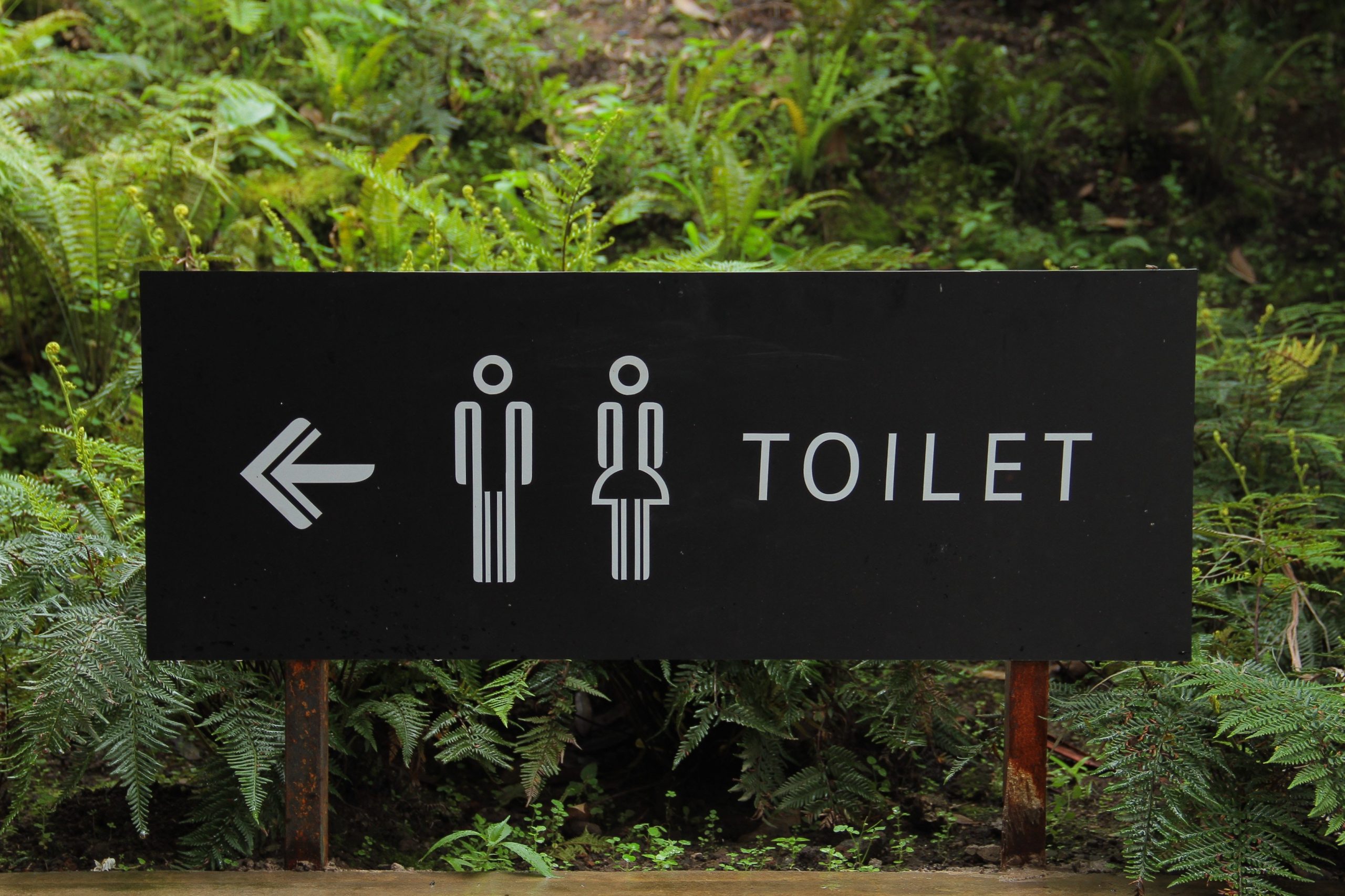It happened. You go to flush the toilet, the bowl fills, and nothing drains. So you flush again – mumbling under your breath, a quiet prayer that the toilet bowl does not overflow, spilling waste and sewage onto the floor. It’s your lucky day – the water stops at the tip of the bowl. No over spill – yet.
You have a clogged toilet. Now what?
Determining how to best unclog a toilet is a choice we all inevitably have to make. A clogged toilet is not a matter of if, but when. Don’t be caught with your pants down. With a little knowledge and the right equipment you can tackle this common problem with confidence.
Traditional Method – the Plunger
The plunger. For most clogs, having this simple tool on hand is all you need. Every home should be stocked with a basic plunger. Yet a plunger is one of those items that we often forget we need – until we need it.
A plunger can be purchased in any local or chain hardware store – many convenience stores, and likely even at your neighborhood corner market. If you don’t have one at home – stop, and go buy one now. Any plunger will do, right? Well – maybe.
According to Aarow Plumbing(1), while most plungers will work in most situations, there are different styles of plungers available, and each of the three main types is designed to work best in different situations.
Most commonly purchased, is the flat bottom plunger, or a common Sink Plunger. If a store only sells one type of plunger – it’s likely this style. But is it the best one for your toilet?
The flat bottom of the plunger works best when it can seal to a flat (non-curved) surface. While great for sinks and even your bathtub, the curve of your toilet tank means this plunger will not seal fully – and won’t deliver the best results.
The ideal plunger for your toilet is the Toilet Flange Plunger. The design of this plunger allows for a secondary seal around the drain of the toilet bowl, creating a stronger suction for removing the clog. Have this plunger on hand, and you’ve got a fighting chance against toilet clogs.

When using a plunger remember these easy steps:
- A plunger works when submerged in water, make sure there is some water in the bowl – add water if necessary (don’t flush to add more – risking a bigger mess, add by using a bucket or bowl).
- Keep the handle straight and plunge up and down. Tilting the handle won’t create a strong suction.
- Let the plunger fill with water between plunges. This makes it so you’re forcing water at the clog, and not just air.
- Don’t plunge after using chemicals in your toilet! Plunging can be messy – you don’t want to splatter yourself, or your clothes, with harmful chemicals.
No Plunger, No Problem? How to Unclog your Toilet with Items from your Kitchen.
If you don’t have a plunger – or are just grossed out by using one, there are alternative methods that can be effective.
How to Unclog a Toilet Blockage with Dish Soap
According to this article on TipHero(2), dish soap can be an effective, safe, and easy way to unclog minor toilet blockages.
Simply add a half cup of dish soap into the toilet bowl and let it sink down and soak in the toilet for at least 20 minutes. Make sure there is some water in the toilet bowl. After the 20 minute soak, add a few cups of hot water and the clog should slowly start to work free. Try to flush the toilet after a few minutes.
The theory for this method is the dish soap will soak into and lubricate the clog. Once the hot water is added, the clog will begin to break up and be easier to move once the toilet is flushed again. For small blockages, this alternative method can work pretty well – no plunging involved.
Using Baking Soda and Vinegar to Break Up a Clogged Toilet
For this method, all you need is a bit of baking soda, vinegar (white or cider). Mr. Rooter(3) Plumbing recommends this method as an in-between plunging and calling a professional, but you can try it before you’ve attempted the dreaded plunge as well.
Once you’ve gathered your baking soda and vinegar, simply:
- Check the water level in the toilet bowl – it needs to be half full.
- Add 1c. Of baking soda to toilet bowl
- SLOWLY pour 1c. Vinegar into the bowl. The Baking soda and vinegar will react, creating a fizzy solution.
- Allow fix to sit in the bowl for at least 20 minutes
- Check for signs of success. If the clog has started to break up, the water level in the bowl should drop. If it has, it’s safe to flush. If not, start over at step 1, adding another round of baking soda and vinegar to the bowl. For extra stuck clogs, let the fizzy solution sit overnight.
- Flush. Be ready to turn off the water at the valve behind the toilet – just in case.
Rock Salt To Maintain and Unclog Minor Toilet Blockages
According to Fast Plumbers(4), this simple solution of rock salt and water is a great way to unclog a toilet blockage and is recommended for monthly toilet health maintenance (who knew that was a real thing?).
Mix together 1 cup of rock salt with 2 gallons of hot water. Allow rock salt to dissolve fully. Pout the mix into your toilet bowl and allow it to sit for at least 8 hours, overnight is ideal. Flush the toilet, and enjoy your healthier, (hopefully) unclogged toilet.
7 Helpful Reminders for Unclogging your Toilet
- Don’t use harsh drain cleaners on your toilet
- Flush only human waste and toilet paper. Flushable wipes (spoiler alert – they are NOT really flushable), paper towels and feminine hygiene products should never be flushed. Always throw these away in trash bins.
- Flange plunger is the best plunger for unclogging a toilet.
- Alternative methods using household items can be effective on minor clogs – and save you if you’re in a pinch and without a proper plunger.
- Don’t be afraid to call a plumber! Toilets that continually clog, or back up water into sinks or showers are signs of a bigger problem. Call a licensed plumber when in doubt or if the above methods still leave you backed up.
- Always call a plumber if you suspect something other than toilet paper and human waste is causing the blockage (for example – a child’s toy). Plunging this type of clog incorrectly can quickly cause further damage – and a big mess.
- Don’t forget about the turn-off valve behind your toilet. Save yourself the panic (and clean-up) by locating this valve BEFORE you try to unclog your toilet.
Avoid the Mess – Contact a Plumber Near You Today.
Handyman Network happily services the Greater Sacramento Area
Handyman Network is here to help. With licensed plumber on staff, we have the experience, knowledge, and professional tools to tackle any blockage – big or small.
Call us today. Our estimates are always free, and we’re happy to take a look at your toilets to ensure clear and clean lines, healthy pipes, and offer advice on how to keep your toilets flowing all year long.
- Reach Handyman Network at 916-989-7711 for any plumbing or handyman needs. We’re here for you.
Handyman Network, Your Plumbing Pros for:
- Water Heater change-outs, Garbage Disposal
- Clogged Toilets / Toilet Change-outs
- Faucet Change-outs
- Whole house re-piping
- Shower Remodels and Updates
- Instant Hot Water Installation
- And More…
References
(1) Arrow Plumbing: 3 Types of Plungers and Which is the Best
(2) TipHero: How to Unclog your Toilet Without a Plunger
(3) Mr. Rooter: Unclog a Toilet with Baking Soda and Vinegar
(4) Fast Plumbers: How to Unclog a Toilet Using Salt?






